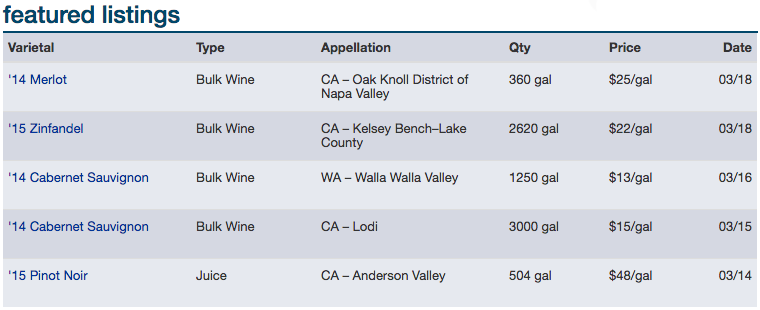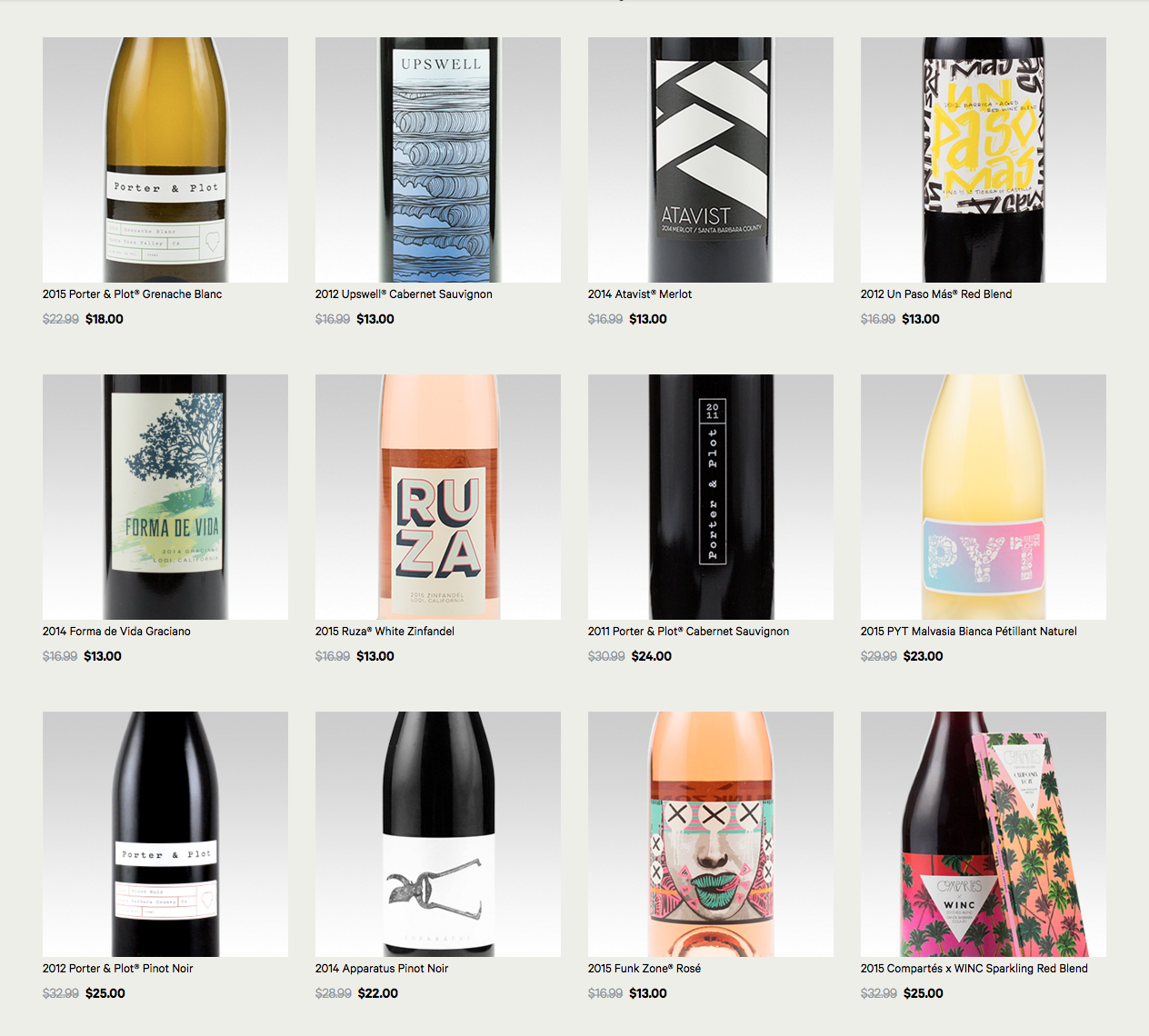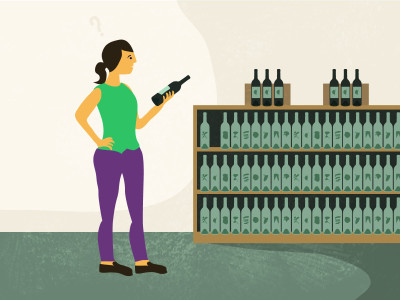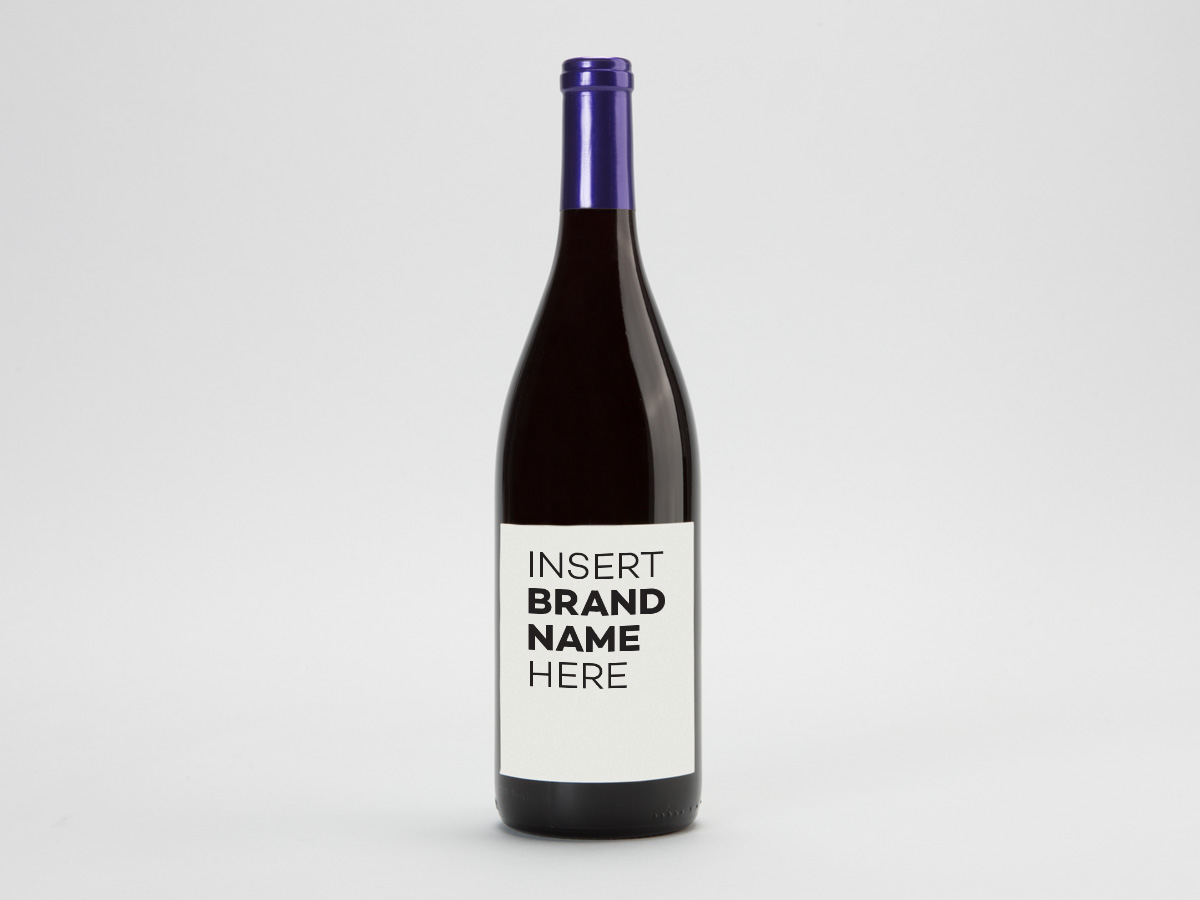“White label” wines are relabeled or rebranded wines created out of the bulk wine market. While some are good, many are nothing more than relabeled bulk wines from the world’s largest wine producers.

Where do those bottles of “Oh Snap” Chenin Blanc or “Napa River” Syrah come from? When you think about wine production, you might want to imagine a bucolic country winery where a happy sun-wrinkled farmer hand-bottles his wines and delivers it to you by way of a retailer (Trader Joes, Bevmo, etc). Certainly a lot of these wines’ marketing materials would try to make you believe in an agricultural fairy-tale. In reality, many of these wines are created by a process that looks more like some sort of heavy industry. Even when these wines are pitched as relabeled $30–$100 wines and offered at a 10th of the price, who’s to say that’s 100% true?
“If you thought it was too good to be true, you were probably right.”
The Trouble With White Label Wines
I call this category of wines white label wines. White label wines are often created by commercial (i.e. bulk) wineries and sold to retailers via partnerships–just like any other white label product. It’s effectively a fulfillment agreement from the producer to the final retailer.
“Technically, there’s nothing wrong with white label wines.”
Technically, there’s nothing wrong with white label wines. In fact, there’s a similar type of wine business in France called a negociant. Many of these French companies (including Barton & Guestier, Bouchard Père et Fils, and Louis Latour, just to name a few) are well respected and own some proportion of their own winery operations and vineyards.
In the US, some white label brands have shown potential by being more transparent about the sources on the label (for example, we’ve been surprised by both Kirkland’s and Blue Apron’s practices). Some white label brands invest heavily into the winemaking process to control the product quality (Club W’s “WINC” is trying this). So, instead of going out with our pitch forks waving, this article is intended to help educate and inform about the pros and cons of white label wines and how to identify them.

A quick jump over at winebusiness.com classifieds shows us the bulk wine market is going strong. Also, I wonder what the story is behind that Merlot from Oak Knoll (at $5 a bottle).
Pros
Affordable: The one definite benefit to white label wines is they’re affordable. For many wine drinkers, spending $20 per night on wine is not practical. Some of these wines cost savings come from retailers like Trader Joe’s and Costco, whose vast distribution network and buying power make it possible to reduce the overall cost of the bottle by completely circumventing the 3-tier system. In addition, there are always cost savings to be had by mass-production. The most powerful benefit to white label wines is their affordability, as well as the the reason why there’s hope for improvement (see below).
Likewise, just because they’re mass produced, it doesn’t mean they’re bad. The fairest comparison might be the beer market. Sometimes you just want to drink a large-production, cheap, uncomplicated domestic mixed-grain lager. Those beers are very refreshing, but they’re rarely compelling. If you want something dynamic, flavorful, and complex, you probably have to look towards craft beer, which might cost more, but will likely be a more nuanced product. But, hey, we’ve been known to knock back a few PBRs from time to time…

Some of the branded wines at Club W. Let’s hope that Club W continues to work towards transparency with their product offerings. For example, “Porter and Plot”
Cons
- Inconsistent: White label wines aren’t like regular wineries in that they develop wine from the same region, the same farmers and the same wineries each and every time. Each wine you buy is often a completely new and different wine. Even if they try to replicate the style from year-to-year, the fruit sources will likely change.
- Over-Valued: Some white label wines are definitely fairly-valued; it’s also common to find these wines marked up higher than they should be. At the prices most of these wines enter the market at, it’s very difficult for independent wineries to compete. If you’re drinking a bulked-off white label wine that cost the manufacturer $1.50 to produce and it’s $13 cost to you, is that really a better “value” than a hand-made, farming focused wine that cost $3 a bottle to produce that’s $15 on the shelf?
- Lack of Transparency: What is this wine? Where is it from? Who actually made it? How was it made? Vagueness on the wine label is very common in white label wines, especially from bulk producers. We don’t know how the wine might have been manipulated or chemically altered. Additionally, in the business there is something called an alternating proprietorship which means the white label brand uses another winery to make their wine but can call it their own winery.
- Investment in Label Design (and not in product): If you’ve ever bought wine by the label, this is often the result of clever marketing. White label wines do take effort to make effective wine labels to appeal to their target demographic. Just remember a great label doesn’t mean the wine is good on the inside. And do you want to pay for great juice or nice label design?
- Lack of Critical Ratings: Most professional critics won’t touch white label wines, so it’s hard to get a professional evaluation of value relative to the market before you commit to buying a bottle. Provided you care about ratings, you could be drinking 75-point wine and not realize it.
- Lack Truth in Labeling: Winemakers record what goes into their wine and you can get this information if you look for it (with wine tech sheets, emailing them, etc). While this only really affects people with wine-additive sensitivities, it’s much harder to get tech sheets on white label wines.
How to identify white label wines

When you’re familiar with the clues, it’s pretty easy to pick out a white label wine every time:
- Does the wine have a real winery name on the label? If it does, is that winery a real place?
- Are the reviews on the wine from critical, trusted sources or from consumer-based rating sites (such as Vivino and Cellar Tracker)?
- Can you find the bottle for sale in multiple independent retail locations, or only in a big-box liquor store or a grocery?
- Does the winery have website? If it does, is it more like a flashy, vague splash page with little real information, or something more particular and informative?
- White label wines are rarely, if ever, estate-grown.
- Some wineries with tasting rooms will make a few own-vineyard wines, but will use bulk wine sources to make their cheaper, lower-end affordable bottlings. We’d ask what’s the point of selling something you pre-bought, rather than making at the winery? But it happens…
Last Word. Transparency = Good
“Good white label wine brands will figure out how to be transparent.”
We’ve pointed out several issues that white label wines can have, but we believe there’s a lot of potential with this segment of the market. The bulk wine market involves a lot of great wineries and great wines from special places all over the world. A lot of these producers are focused so much on making wine that they lack the resources to market it. Winemaking is very capital intensive, and the winery may need to sell wines in bulk to raise cash faster than they can sell their own wines, even if the wine is perfectly good.
We’ve seen examples of white label brands naming the winery, the vineyard site, the appellation and the winemaking facts on the label (such as aged in oak aging, winemaking details, harvest date, etc). This gives us the opportunity to educate ourselves about a wine’s source. It’s a win-win: not only do we find a new potential independent winery we love, we also appreciate the white label brand for their dedication to transparency and introducing us to great wines and wine regions. Good white label wine brands will figure out how to be transparent.
To draw a food metaphor, we love a good sausage, but we want to know what’s in it before we take a bite. White label wines are the same. They can be really delicious, but consumers should know what they’re buying so they can decide for themselves if the wines present a value.

